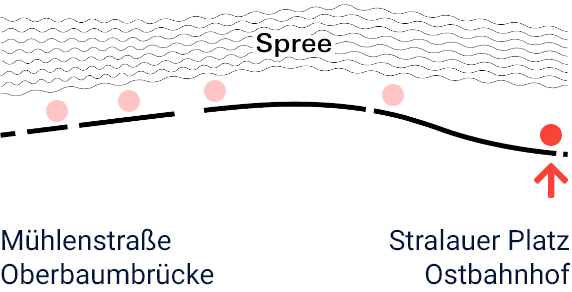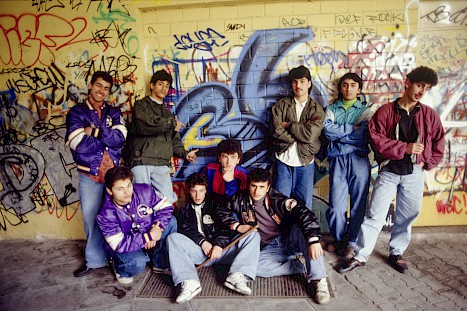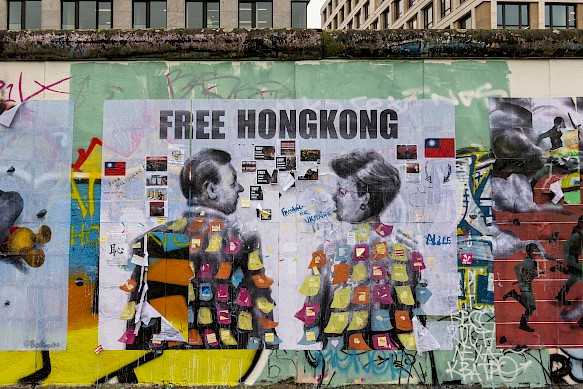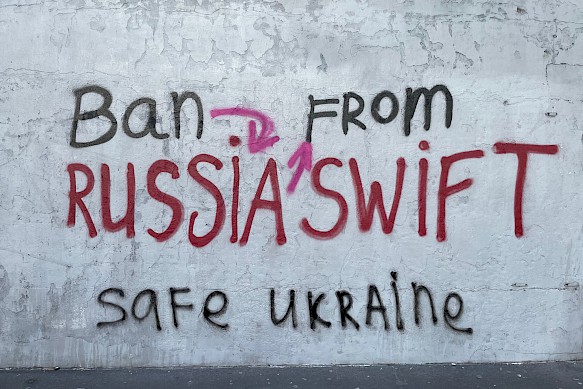1990
– today

When the Wall became defunct, the whitewashed west-facing side in the once strictly guarded border area also became accessible. Without waiting for permission, graffiti artists from East and West Berlin soon claimed it. Together with the internationally best-known artists on the scene, they created the West Side Gallery at Mühlenstraße.
"We went everywhere and sprayed."
"In 1990 Berlin was our playground."
In West Berlin, young graffiti artists had used the Wall as a surface for spray-painting and style writing since the early 1980s, inspired by graffiti in the New York subway. In East Berlin, by contrast, spray-painting graffiti was almost unthinkable. After the border was opened, young people from East and West Berlin got together and formed a common scene. They sprayed graffiti on the Berlin Wall, on trains, roofs and in vacant buildings. The statement all their pictures and writing made was: “I was here!”



The Berlin Wall’s appeal as a canvas for statements and messages still holds today. Much of the writing comments on political events across the globe. Berliners and international graffiti artists still use the Wall to express their opinions in public. However, it is illegal to paint or write on the East Side Gallery because it was listed as a protected landmark in 1991.
French artist Jacky Ramier alias Jay One was a pioneer of the Paris graffiti scene and co-founder of the BadBC ( Bad Boy Crew), one of the first groups to produce European graffiti art. In 1990, he dedicated his painting in the East Side Gallery to the young graffiti and style writing scene in West Berlin and Europe. When he renovated it in 2009, he painted over some of the names and so placed the focus on the names of the Kreuzberg gang 36 Boys and its founder Maxim.